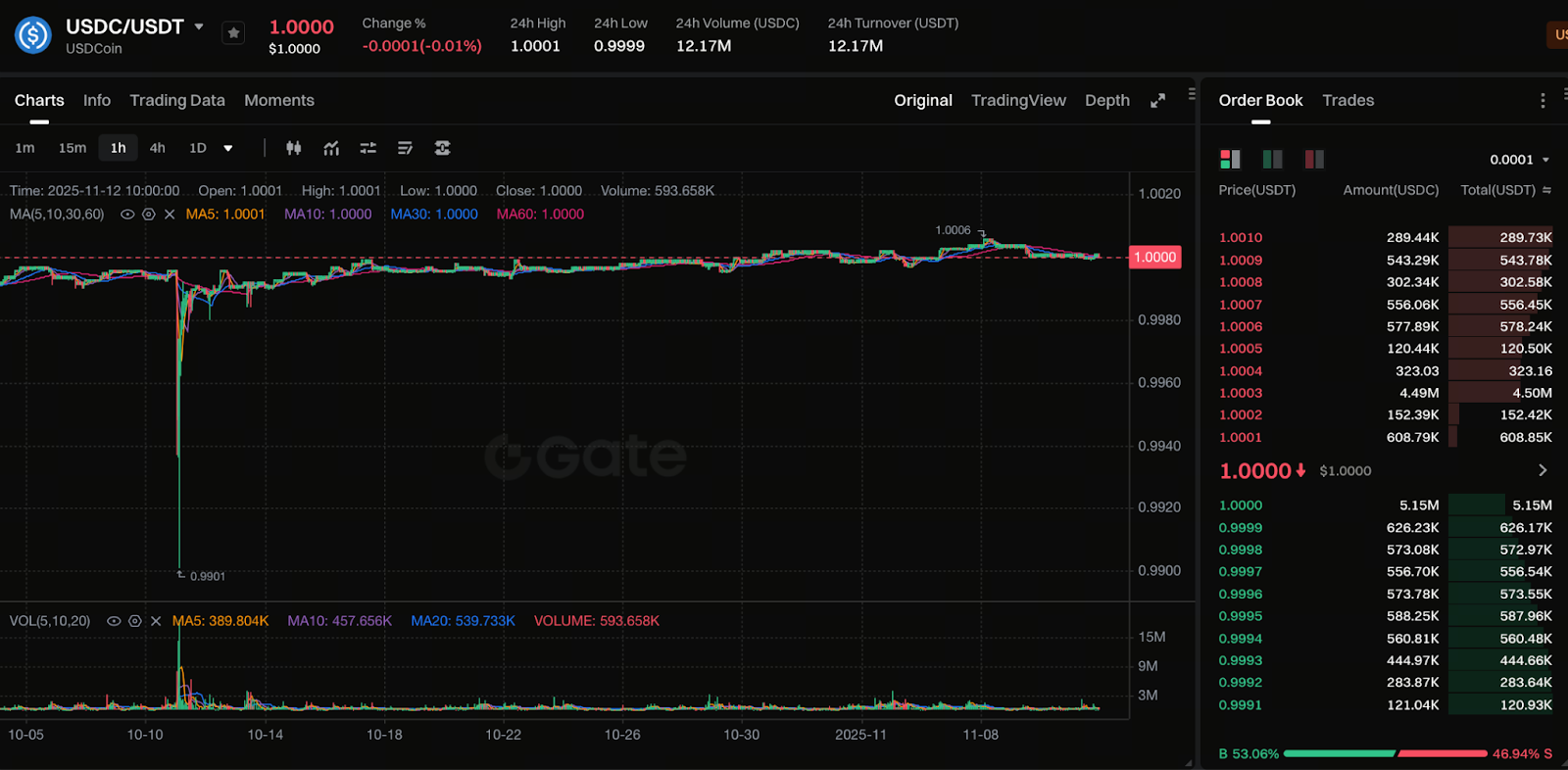EU Cash Ban Hits Crypto Markets: The Future of Digital Payments Through New AML Rules
EU AML Regulation Brief
In 2025, the Council of the European Union enacted the latest Anti-Money Laundering (AML) regulation—the EU AML Cash Ban Regulations—standardizing a ban on cash payments exceeding €10,000. Any merchant, institution, or individual making a cash transaction above this threshold must use a bank or a licensed payment channel. Additionally, the EU will establish a new supervisory agency—the Anti-Money Laundering Authority (AMLA)—which is set to be fully operational in 2026 and will provide unified oversight of cross-border payments and Virtual Asset Service Providers (VASPs).
This marks a shift to stricter oversight for both anonymous cash transactions and certain anonymous crypto payments.
Why Restrict Cash Payments?
The EU’s objective is to curb money laundering, tax evasion, and terrorist financing. Cash, lacking traceability, has long been a key tool for money laundering. The European Commission argues that large cash transactions often conceal illicit funds, while electronic payments provide an auditable trail.
However, critics say this policy indirectly pushes toward a “cashless society.” Some privacy advocates contend it will force the public to rely on centralized banks and may undermine individual financial autonomy.
The Regulatory Line Between Crypto and Cash
As cash restrictions tighten, the market is naturally focusing more on crypto assets. The EU distinguishes two primary categories from a regulatory perspective:
- Regulated crypto assets (e.g., stablecoins, assets on licensed exchanges)
- Privacy coins and unregistered wallet transactions (e.g., Monero, Zcash, etc.)
The new AML framework explicitly requires exchanges and wallet service providers to enforce KYC (Know Your Customer) and suspicious transaction reporting. This substantially raises the bar for anonymous transfers.
At the same time, blockchain’s traceability has led some regulators to conclude that compliant crypto transactions may be even safer than cash.
Can Stablecoins Serve as a “Legitimate Alternative”?

Figure: https://www.gate.com/trade/USDC_USDT
With cash increasingly restricted, stablecoins are poised to benefit. Under the EU’s MiCA (Markets in Crypto-Assets) regulatory framework, stablecoin issuers that secure licenses can legally facilitate cross-border payments and merchant settlements.
For example:
- USDT / USDC may gain partial payment status within the EU;
- The EU is also advancing euro-pegged stablecoins like EUROe and Circle EURC.
As a result, future purchases in countries such as France or Germany may be conducted through compliant Web3 wallets instead of with cash.
Impacts on Investors and Project Teams
- For crypto investors: As AML rules tighten, privacy coins and non-KYC platforms will face higher risks, while compliant exchanges and stablecoins will achieve greater legal recognition.
- For Web3 project teams: Decentralized payment projects (such as DeFi payment gateways and on-chain settlement systems) that pass AML compliance reviews may become the backbone of mainstream payments.
- For traditional businesses: Cross-border e-commerce and service firms will need to roll out “compliant crypto payment” options or risk exclusion from the EU regulatory regime.
Conclusion
The EU AML Cash Ban Regulations do more than just restrict cash—they establish a new framework for digital payments and the crypto ecosystem. As cash transactions become less common, both users and enterprises will seek out more convenient and secure digital payment methods. This creates regulatory opportunities for stablecoins, on-chain payments, and Web3 financial infrastructure, while raising the bar for project compliance.
In the next several years, the EU will be a proving ground for the convergence of crypto compliance and traditional finance. For investors, understanding regulatory trends and embracing a more transparent blockchain world will be the real “new opportunity in the anti-money laundering era.”
Related Articles

Pi Coin Transaction Guide: How to Transfer to Gate.io

Flare Crypto Explained: What Is Flare Network and Why It Matters in 2025

How to Use a Crypto Whale Tracker: Top Tool Recommendation for 2025 to Follow Whale Moves

What is N2: An AI-Driven Layer 2 Solution

2025 BTC Price Prediction: BTC Trend Forecast Based on Technical and Macroeconomic Data
